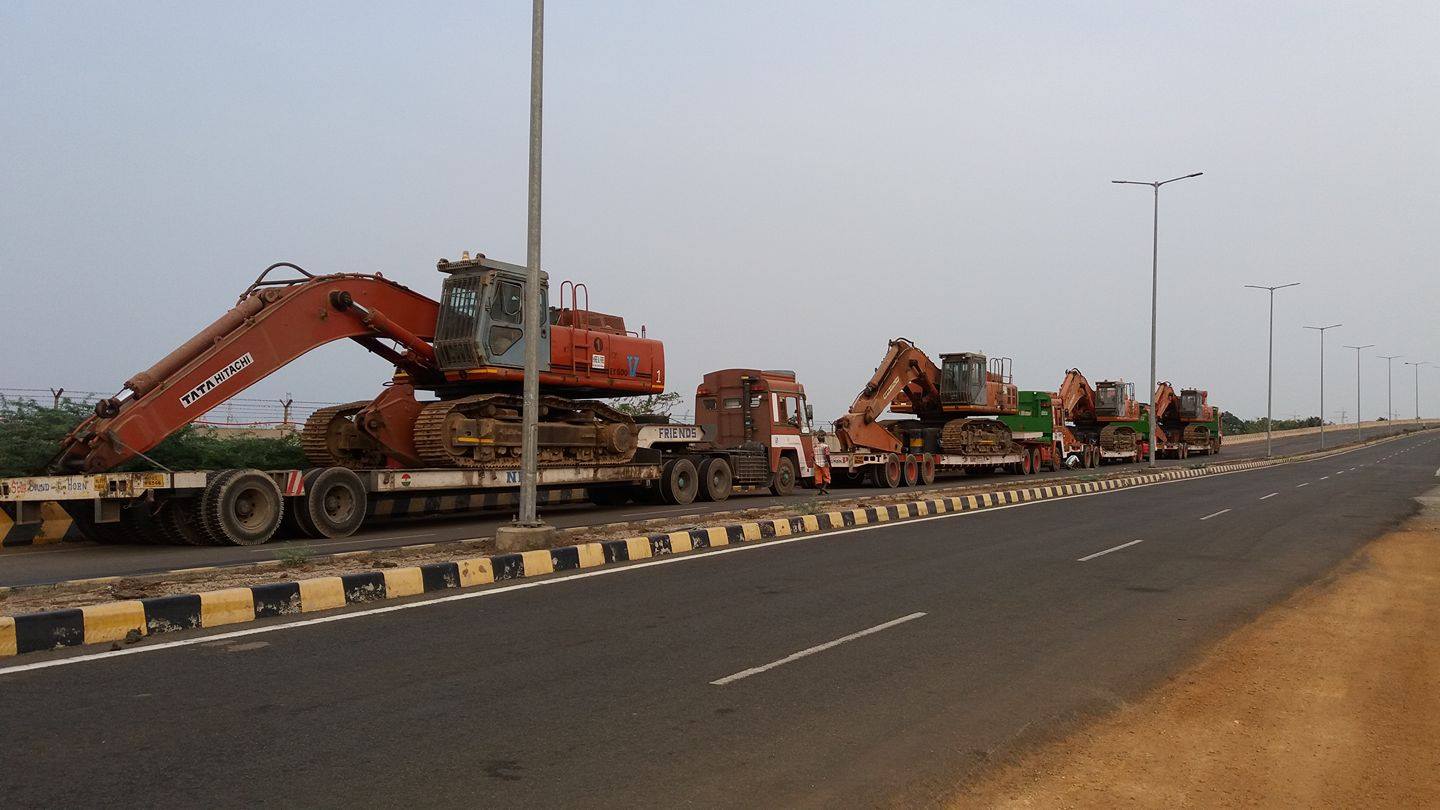Turbulence is a common phenomenon experienced during flights, often causing anxiety among passengers. However, it is crucial to understand the safety measures and mechanisms in place to ensure that airplanes can withstand turbulence. In this blog post, we will delve into the topic of airplane safety in turbulence, exploring the various factors that contribute to their stability and reliability.
- Understanding Turbulence:
Turbulence is characterized by sudden and irregular air movements, which can be caused by atmospheric conditions, such as wind shear, thunderstorms, or even the wake of other aircraft. While turbulence can be unsettling, it is essential to note that airplanes are designed to withstand these forces and maintain stability. - Aircraft Design and Structural Integrity:
Modern aircraft are engineered with meticulous attention to detail, ensuring their ability to withstand turbulence. The structural integrity of an airplane is a critical factor in its ability to navigate through turbulent conditions. The fuselage, wings, and other components are designed to be robust and flexible, allowing them to absorb and dissipate the forces exerted by turbulence. - Flight Control Systems:
Flight control systems play a vital role in maintaining stability during turbulence. These systems, including autopilot and fly-by-wire technology, continuously monitor and adjust the aircraft's flight parameters. By making precise adjustments to the control surfaces, such as ailerons and elevators, the flight control systems help the aircraft maintain its intended flight path, even in turbulent conditions. - Pilot Training and Expertise:
The safety of airplanes in turbulence also relies on the skills and expertise of pilots. Pilots undergo rigorous training to handle various flight scenarios, including turbulence. They are equipped with knowledge about turbulence avoidance techniques, such as altering altitude or changing course to avoid areas of severe turbulence. Additionally, pilots receive real-time weather updates and collaborate with air traffic control to navigate through turbulent regions safely. - Weather Forecasting and Avoidance:
Advancements in weather forecasting technology have significantly contributed to the safety of airplanes in turbulence. Meteorological data, including wind patterns, temperature gradients, and storm systems, are continuously monitored and analyzed. This information allows pilots and air traffic control to plan flight routes that minimize exposure to turbulent areas, enhancing overall safety. - Maintenance and Inspections:
Regular maintenance and inspections are crucial to ensure the continued safety of airplanes. Aircraft undergo routine checks, including structural inspections, engine maintenance, and system diagnostics. These procedures help identify and address any potential issues that could compromise the aircraft's ability to withstand turbulence.
Conclusion:
In conclusion, airplanes are designed and operated with utmost consideration for safety, even in turbulent conditions. Through advanced aircraft design, robust flight control systems, well-trained pilots, accurate weather forecasting, and diligent maintenance practices, the aviation industry ensures that airplanes can navigate turbulence safely. So, the next time you encounter turbulence during a flight, rest assured that the aircraft and its crew are well-prepared to handle it, prioritizing your safety above all else.


